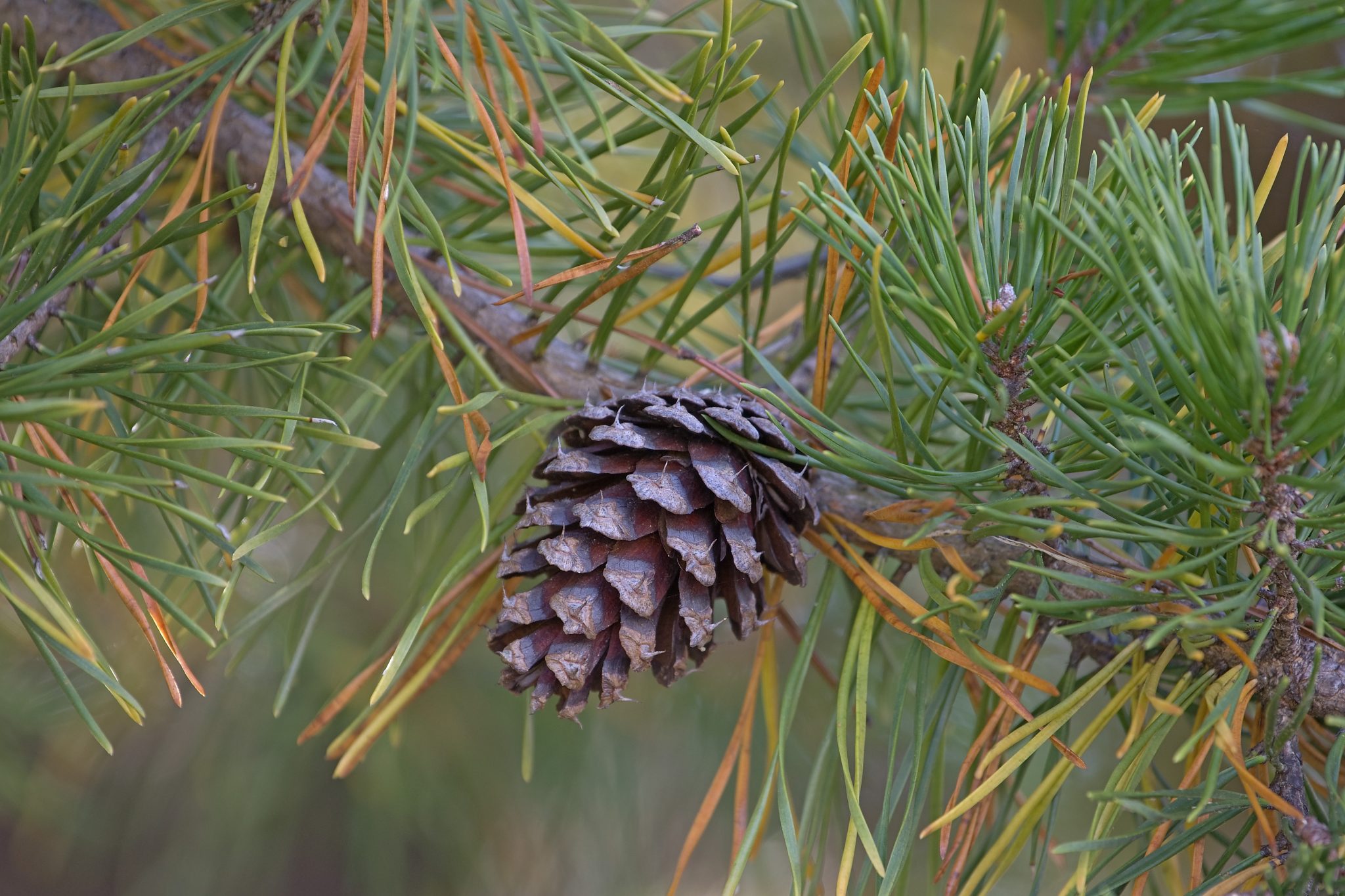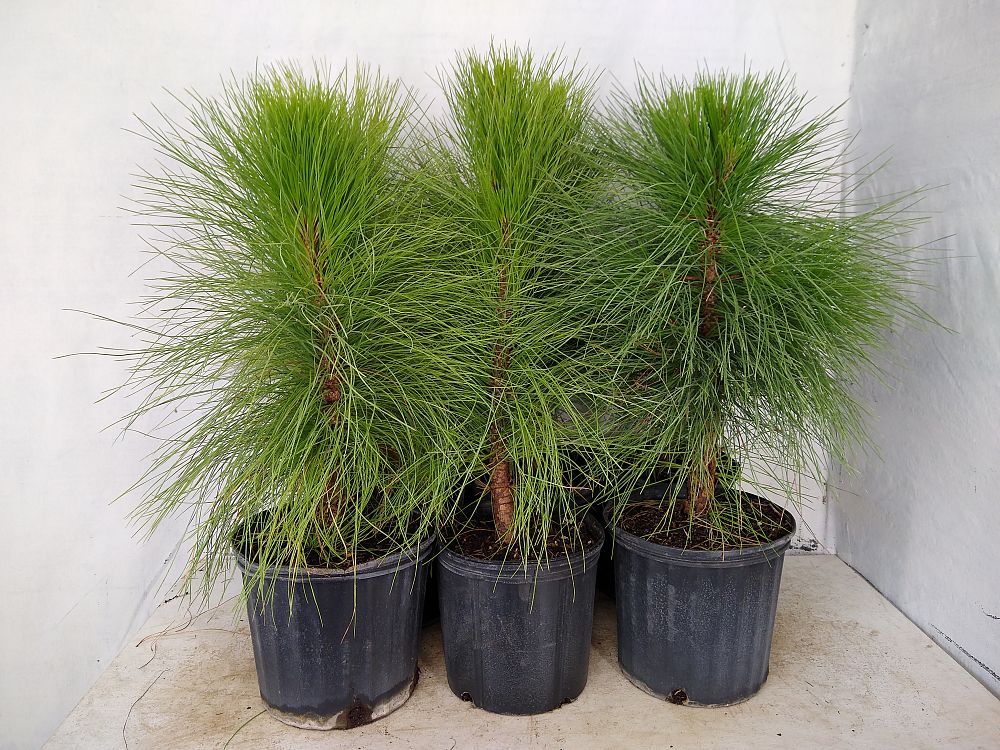
Aroundġ935, slash pine replaced the longleaf pine as the leading source of oleoresin,įormally called "naval stores". Two major sources of the resin and turpentine products sold in the US. Morton (1977) reported ca 7.5 million hectares in longleaf and slash pines, the

#SLASH PINE FULL#
Trees begin to bear seed whenĪbout 10 years, not attaining full fertility until more than 20 years old. Sulphate pulp yielding ca 40 kg "tall oil".

wasĭerived from the wastes of the Kraft sulphate paper processing, a ton of Since 1910, pine oleoresins have been derived from heartwood chips (a lumberingīy-product) and from stumps and roots. Resistant as the longleaf pine, slash pine farmers avoid burning until trees TreeĬan be propagated by grafting and air-layering (Morton, 1977). Natural or artificial seeding provides for a better, seed-soil contact. Seeds sprout about 2 weeks after planting. Pine is reported to tolerate annual precipitation of 11.2 to 16.0 dm (mean of 2Ĭases = 13.6), annual temperature of 18.8 to 23.3☌ (mean of 2 cases =Ģ1.0), and pH of 5 to 7.7 (mean of 2 cases = 6.4). Ranging from Warm Temperate through Subtropical Moist Forest Life Zones, slash Cultivated and naturalized in east Texas. Native to southeast US (South Carolina to Florida, Alabama, Mississippi, and Were established in 1969, it was estimated that they would not impact theĮxtractive industry for 40 or 50 years (Morton, 1977) (2 n = 24) When two seed orchards for improved strains Fast growing strains, resistant to pests and diseases, high in Thereof, is reported to tolerate hardpan, sand, slope, small fires, and Reported from the North American Center of Diversity, slash pine, or cvs Ovoid, 6 mm or more long, smooth, gray, with a glossy, brown, membranous wing When open, each scale tipped with a short, straight or recurved spine. Cones red-brown, maturing andĭropping in the second fall, are 7.5 to 14 cm long, narrow-ovate, broadly ovate Needles, in 2s or 3s, 18 to 30 cm long.Ĭones (in spring) are rose-purple and 6 mm thick, the male 3.8 to 5 cm long,ĭensely clustered the female ca 1.25 cm long. Outer bark dark gray, furrowed, breaking into (Duke,Ī fast-growing tree, 15≣0 m tall, the trunk attaining a diameter of. My momĪpplied it to cuts and sores as a disinfectant, perhaps less dangerous. Raised in the southern US like me, Sam Page, of the FDA, tells me that as aĬhild he was given oral doses (a couple of drops on the tongue) of turpentineĪs a mosquito repellant, an effective but dangerous application. Saturates), and 5≡0% neutral properties (17). (mostly n-C 18, 75% monoenoic, and 25% dienoic, with traces of trienoic and Crude tall oil contains 40≦0% resin acids, 40≥5% fatty acids Turpentine, resin, guaiacol, creosol, methylcreosol, phenol, phlorol, toluene, Pimaric types (pimaric, isopimaric, and sandaracopimaric). Rosin consists mostly of diterpene resinĪcids of the abietic (abietic, neoabietic, palustric, and dehydroabietic) and Monocyclic terpenes constitute 5≨% of gum and refined sulfate turpentine,ġ5≢0% of wood and crude sulfate turpentine. Pinene is the main constituent of turpentine. Turpentineįrom slash pine contains 1- a-pinene, while that from longleaf contains someĭ-pinene. The natural oleoresin exudate from the resin ducts containsĬa 66% resin acids, 25% turpentine, 7% nonvolatiles, and 2% water. This leaf oil consists mostly of borneol, cadinene, camphene,Īnd b-pinene. Leaves yield ca 0.3% of a balsam scented oil compared to about 0.4% for Substituting rice flour for wheat flour with its glutin.) To in the futile efforts to cure my psoriasis.

It shows up in several of the drugs I have resorted In the past, but lately it is prescribed only for external use in chronic and Inflammation, colds, gonorrhea, leucorrhea, rheumatism, And various urinaryĬomplaints, rheumatism, and ulcers. Turpentine has long been used internally for catarrh, chronic bowel Turpentine is added to cigarettes and cosmetic and toilet products (Morton, Turpentine are used in perfumery and to impart flavors suggestive of cinnamon,Ĭitrus, lemongrass, licorice, nutmeg, peppermint, and spearmint. They are also pioneering in theĬommercial production of vitamin A and E. Produce steroids from pine pulp extractives. Rosin contains sterols, mainly sitosterol. Synthetics produced from pine are anethole, camphor, and dl-menthol. Product of turpentine used in pharmaceutical preparations, used as anĮxpectorant in humans and for veterinary bronchitis (Morton, 1977). It is usedįor construction and railroad ties. The wood is very hard, heavy, strong, coarse grained, and durable. unpublished.Ī major source of pulp and tall oils in the deep south of the United States.


 0 kommentar(er)
0 kommentar(er)
